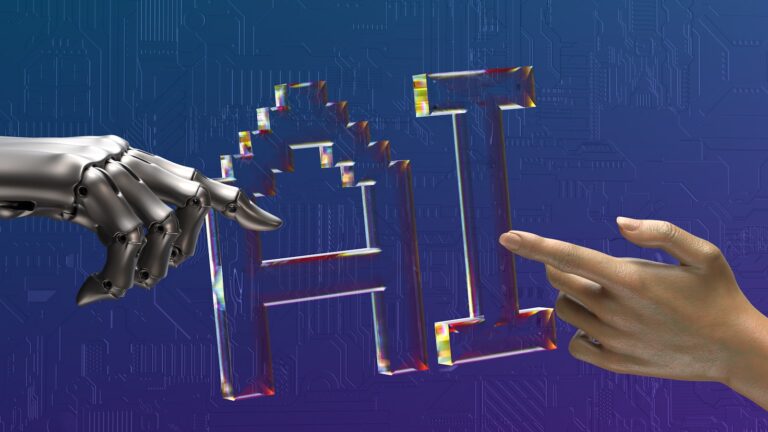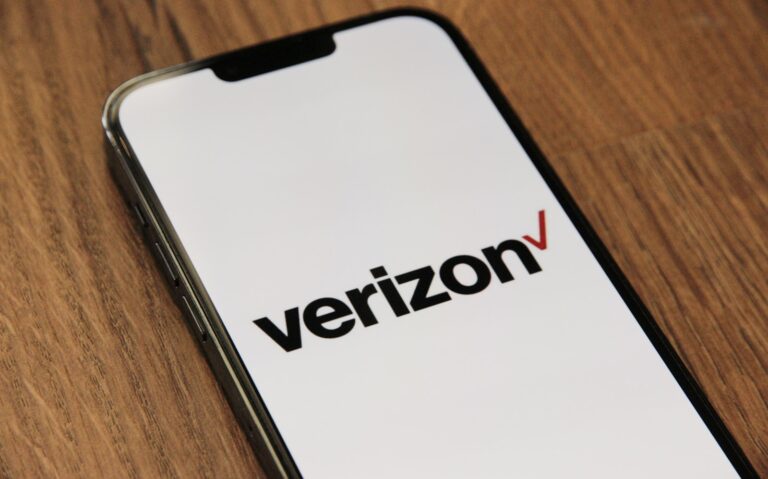Key Takeaways:
– Two men accused of killing a police officer during a robbery were publicly executed in Iran.
– The executions took place in the central Markazi province’s city, Khomein.
– Although it is not common, Iran does perform public executions, usually through hanging.
– The latest executions come amid a surge in the country’s use of capital punishment, with a 172% increase in executions since 2021.
– Major crimes, including murder, drug trafficking, and sexual assault, are punishable by death in Iran.
Execution Spurs International Concern
On a Monday morning, two men faced their final moments in public in the city of Khomein, in Iran’s central Markazi province. The men had been convicted for the murder of a police officer during an armed robbery approximately four years ago. Their execution comes as Iran, the country with the second-highest number of annual executions after China, continues a trend of increasingly employing its harshest form of punishment.
The Notorious Execution Method
The legal system in Iran prefers hanging as a method of execution. While most of these hangings are carried out in private, the country does resort to public executions in rare instances. The spectacle of Monday’s execution provides a chilling example of such instances.
Increase in Capital Punishments
Despite international outcry and campaigns against the practice, Iran has witnessed a steady climb in the use of capital punishment over the years. The number of executions rose sharply by 48% in 2022 compared to the previous year and has surged by a staggering 172% since 2021.
Unsettling Statistics and Human Rights Issues
The soaring execution stats have prompted human rights organizations to express severe concern over Iran’s use of the death penalty. In the last month alone, Iran executed at least 87 people, 29 of them on a single day.
Iranian authorities have often cited their recent presidential elections as evidence of transformative change in the country. However, human rights advocates argue that the surge in executions betrays the true state of affairs in the country.
Capital Punishment for Major Crimes
In Iran, capital punishment is not just limited to cases of murder. The country employs the death penalty for a range of major offences including drug trafficking, rape, and sexual assault. This contributes significantly to the high number of yearly executions in the country.
While the latest execution of the two alleged criminals has received significant attention, it stands as just a fraction of the overall execution trend in Iran. Scrutiny over the use of the death penalty in the country is mounting, with human rights watchdogs calling for significant legal reforms. Diplomatic responses to these issues promise to dominate discourse on Iran’s human rights record in the coming days.









